Jasper Riebesehl
Phase Noise Characterization of Cr:ZnS Frequency Comb using Subspace Tracking
Sep 03, 2024
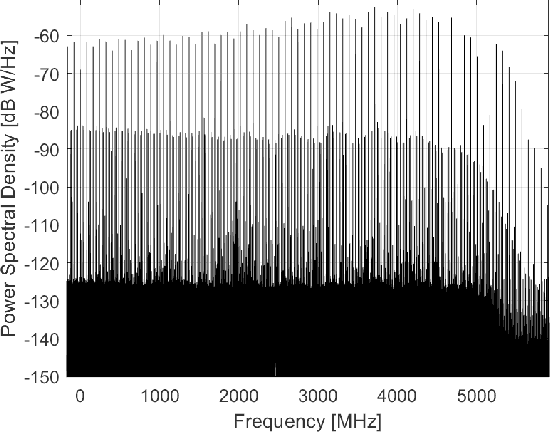
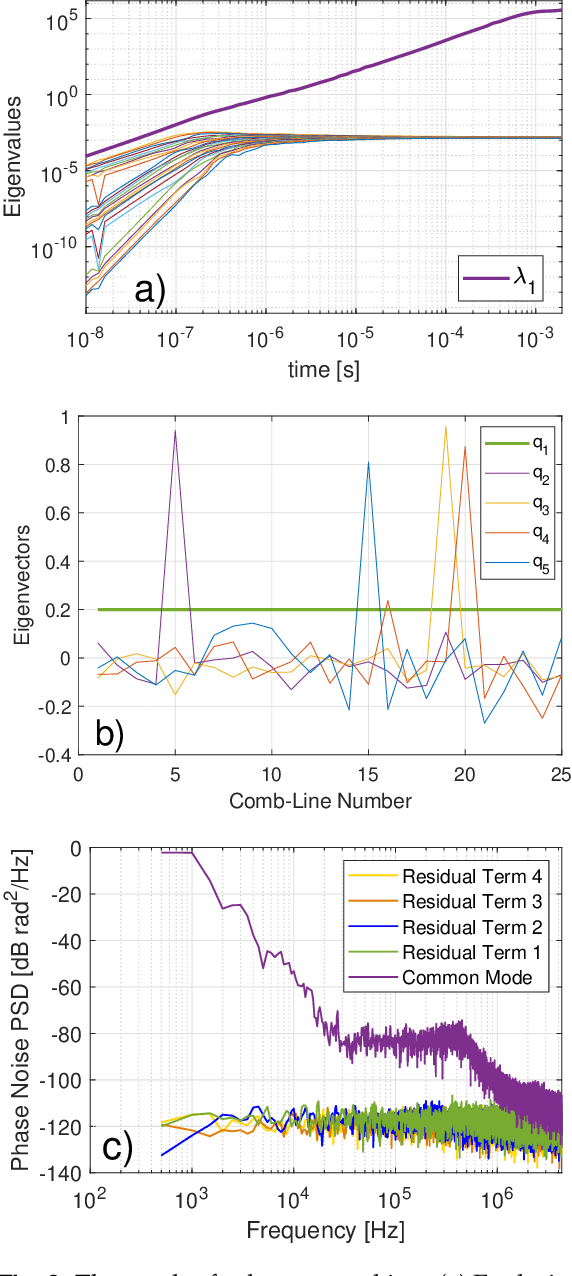
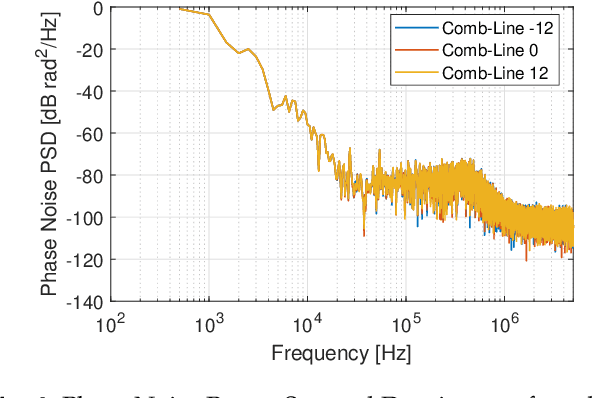
Abstract:We present a comprehensive phase noise characterization of a mid-IR Cr:ZnS frequency comb. Despite their emergence as a platform for high-resolution dual-comb spectroscopy, detailed investigations into the phase noise of Cr:ZnS combs have been lacking. To address this, we use a recently proposed phase noise measurement technique that employs multi-heterodyne detection and subspace tracking. This allows for the measurement of the common mode, repetition-rate and high-order phase noise terms, and their corresponding scaling as a function of a comb-line number, using a single measurement set-up. We demonstrate that the comb under test is dominated by the common mode phase noise, while all the other phase noise terms are below the measurement noise floor (~ -120 dB rad^2/Hz), and are thereby not identifiable.
Subspace tracking for independent phase noise source separation in frequency combs
May 15, 2023
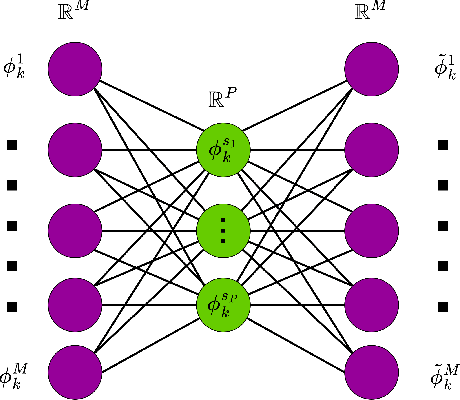

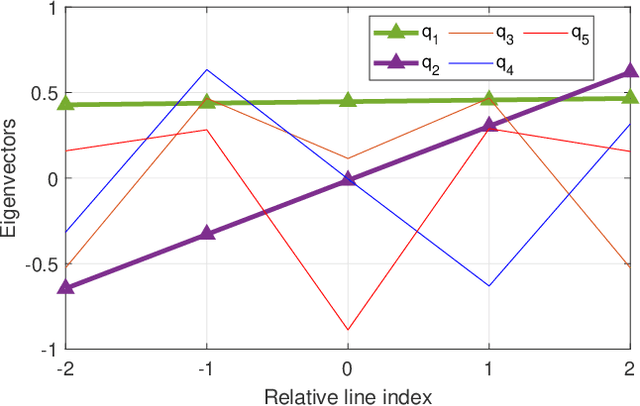
Abstract:Advanced digital signal processing techniques in combination with ultra-wideband balanced coherent detection have enabled a new generation of ultra-high speed fiber-optic communication systems, by moving most of the processing functionalities into digital domain. In this paper, we demonstrate how digital signal processing techniques, in combination with ultra-wideband balanced coherent detection can enable optical frequency comb noise characterization techniques with novel functionalities. We propose a measurement method based on subspace tracking, in combination with multi-heterodyne coherent detection, for independent phase noise sources identification, separation and measurement. Our proposed measurement technique offers several benefits. First, it enables the separation of the total phase noise associated with a particular comb-line or -lines into multiple independent phase noise terms associated with different noise sources. Second, it facilitates the determination of the scaling of each independent phase noise term with comb-line number. Our measurement technique can be used to: identify the most dominant source of phase noise; gain a better understanding of the physics behind the phase noise accumulation process; and confirm, already existing, and enable better phase noise models. In general, our measurement technique provides new insights into noise behavior of optical frequency combs.
 Add to Chrome
Add to Chrome Add to Firefox
Add to Firefox Add to Edge
Add to Edge